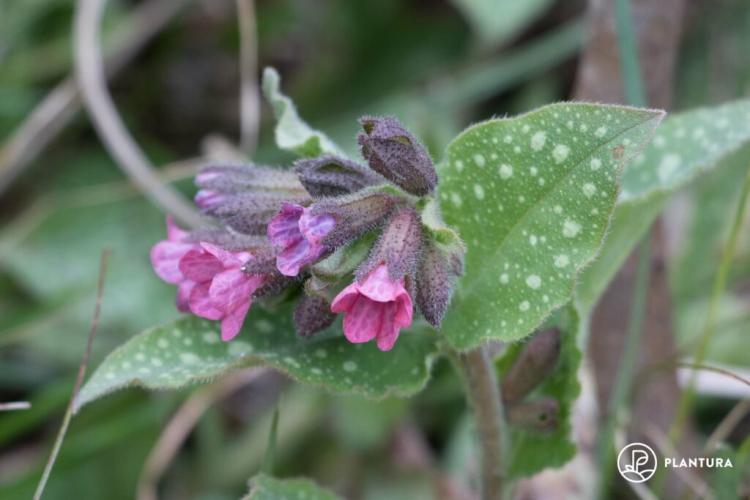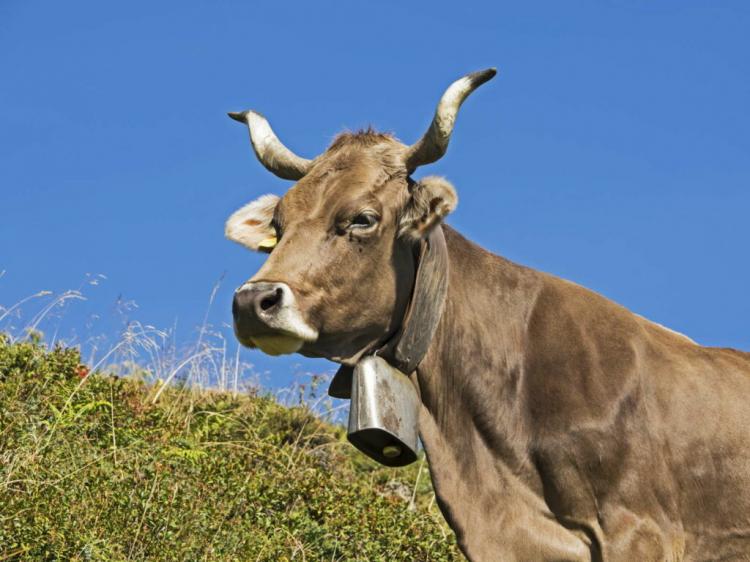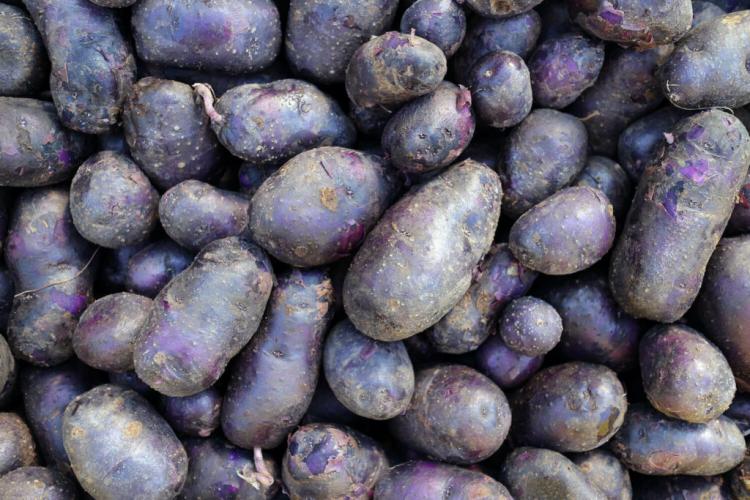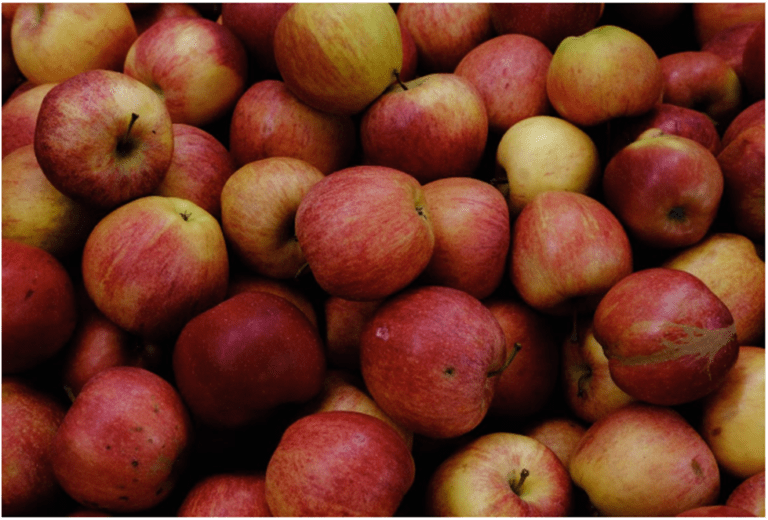Lady's Mantle: Varieties, Location & Care Of Alchemilla
Lady's mantle has a lot to offer not only as a companion plant for roses. Apart from that, the medicinal herb, which has been known for a long time, has many uses in the garden and kitchen.
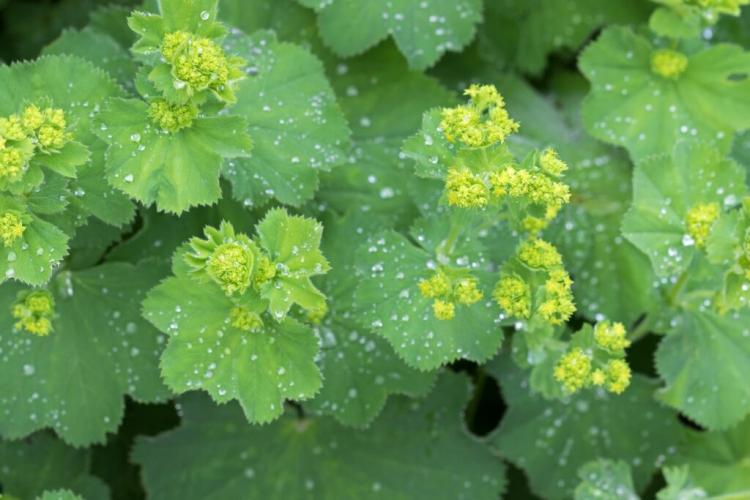
Lady's mantle – an easy-to-grow companion for many perennials [Photo: sasimoto / Shutterstock.com]
It is a special phenomenon when you walk through your garden in the morning and watch the dewdrops that have collected in the leaves of the lady's mantle (Alchemilla). In this article you will learn everything you need to know about the cultivation of this ancient medicinal herb, including important types of lady's mantle, location requirements or how to cut back lady's mantle correctly.
Lady's mantle: flowering, origin and characteristics
Table of Contents
Lady's mantle is a perennial herbaceous plant that can reach heights of 5 to 50 centimeters, depending on the species. Their leaves are rounded, lobed and hairy on the underside. The lady's mantle owes its German name to the leaves, as they resemble the often folded mantle of the Virgin Mary. In addition, the lady's mantle is often used in gynecology.
The genus lady's mantle is native to us in Europe, but also in Asia and the Balkans. To the north, its distribution area even extends as far as Russia. In nature you can find it mainly on sunny, damp meadows and on slopes. Lady's mantle belongs to the rose family (Rosaceae) and, as an ornamental plant, is a popular combination partner for a variety of perennials thanks to its ground covering properties, ornamental leaves and yellowish-green flowers. Lady's mantle is conveniently one of the very snail-resistant plants.
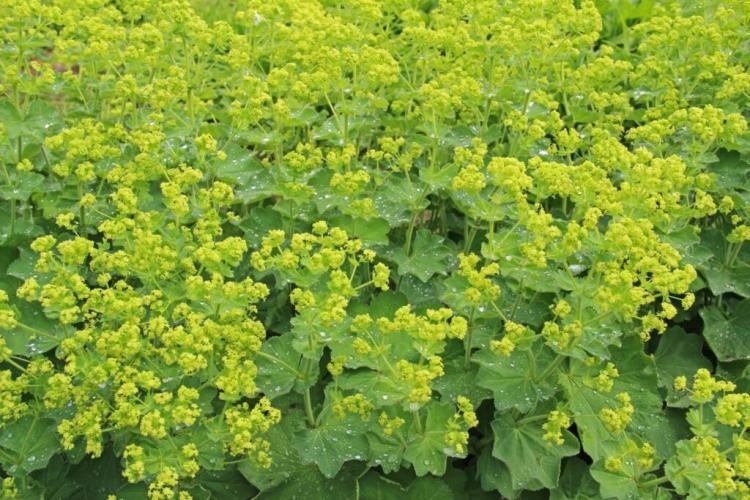
From May the many small flowers of the woman’s mantle will show up [Photo: MariMarkina / Shutterstock.com]
The flowering period of the lady's mantle extends from May to August. Then many small, yellow-green flowers appear, which stand together in dense inflorescences, so-called cymes. This is followed by seed ripening from September, when small, inconspicuous nut fruits are formed that are used for distribution.
Tip: The lady's mantle owes its Latin name to another phenomenon, the formation of dew drops. Druids and alchemists collected the water from the leaf cups in order to synthesize magical remedies, gold or the philosopher's stone from it – this is how the generic name Alchemilla came about. The water on the foliage, however, is often not dew at all, but is secreted by the plants themselves at the edge of the leaf, which is called gutation.
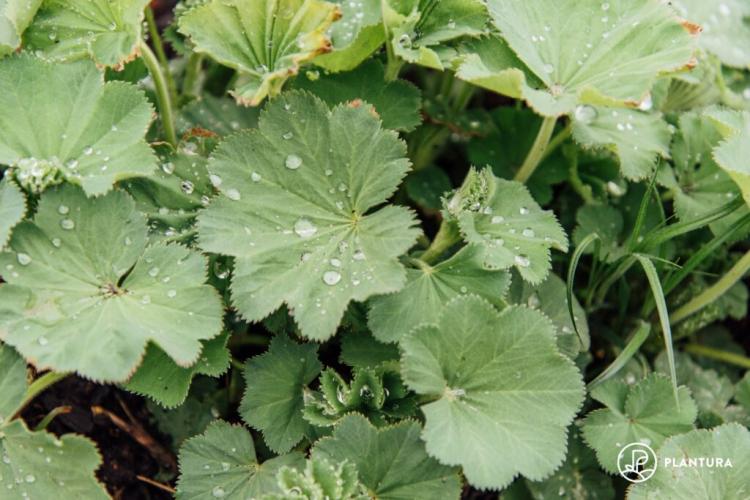
The dewdrop formation – a special phenomenon that characterizes the lady's mantle
Risk of confusion with lady's mantle : When it comes to lady's mantle, there is actually only a risk of confusion between the different types of lady's mantle. However, this does not involve any risks, as all types of women's coat that are common in our country are non-toxic. It can rarely be confused with the so-called farm woman's coat ( aphanes ), an annual herb that is often found in fields with winter grain. In this case, however, the leaves are more strongly incised and do not form a calyx.

The leaves can usually be used to distinguish lady's mantle [Photo: nnattalli / Shutterstock.com]
The most beautiful types of lady's mantle
There is a multitude of different types of lady's mantle with a wide variety of properties and requirements, so that a suitable representative can be found for almost every location and request. Some of the most popular species are briefly presented here.
Common lady's mantle ( Alchemilla vulgaris ): The common lady's mantle is sometimes also referred to as Alchemilla xanthochlora , prefers moist, sunny to partially shaded locations and is up to 50 cm high. It is the most common type used in medicinal medicine.
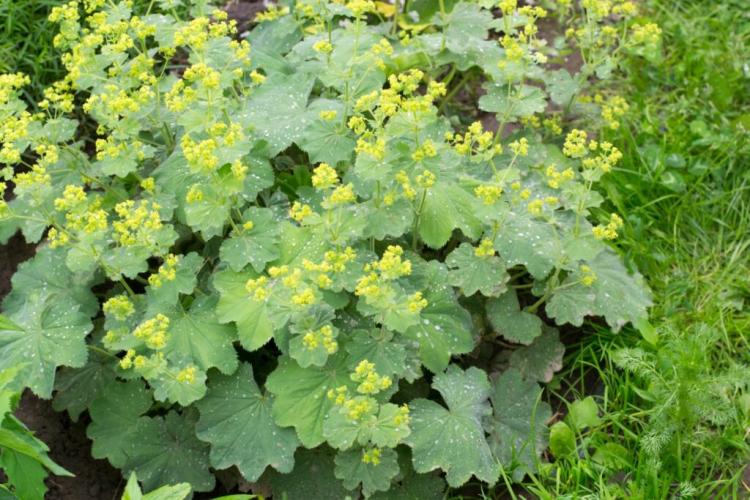
Alchemilla vulgaris is most commonly used as a remedy [Photo: Yala / Shutterstock.com]
Soft lady's mantle ( Alchemilla mollis ): Its location requirements are similar to those of the common lady's mantle. The soft lady's mantle prefers loamy-sandy, rather acidic soils. With its beautiful, large and velvety leaves, it is a popular and proven ornamental plant in many gardens.

Alchemilla mollis is characterized by its large, particularly soft leaves [Photo: colin grice / Shutterstock.com]
Silver lady's mantle ( Alchemilla hoppeana ): It is characterized by its shimmering silver leaves and often blooms into October. The silver lady's mantle is only 15 cm high and feels comfortable in stony rock gardens, i.e. in permeable, humus and nutrient-poor soils.
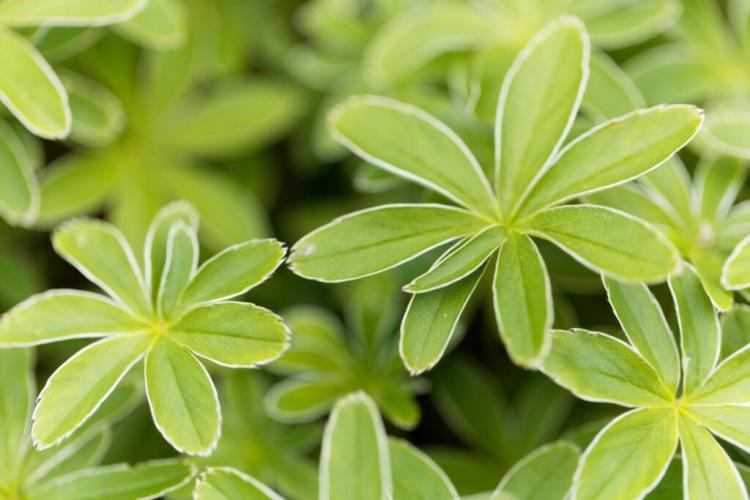
Alchemilla hoppeana stands out with its silver shimmering leaves [Photo: ChWeiss / Shutterstock.com]
Delicate lady's mantle ( Alchemilla epipsila ): It is more delicate and compact than the soft lady's mantle, which is otherwise often used. Compared to this, the petite lady's mantle has a number of advantages: For example, that it sows much less heavily and does not lie on the ground after rainy weather, but remains stable. This makes the dainty lady's mantle particularly suitable for planting in narrow beds or pots.
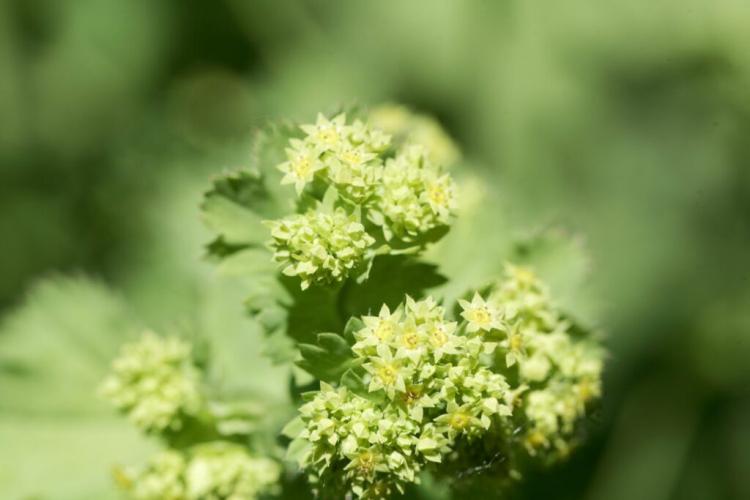
The petite lady's mantle has particularly delicate inflorescences [Photo: ChWeiss / Shutterstock.com]
Little lady's mantle ( Alchemilla erythropoda ): It is smaller and grows more slowly than its larger relatives. In addition, the little lady's mantle does not sow as much and is more shade and drought tolerant. This makes it a very good alternative for those for whom Alchemilla vulgaris and Alchemilla mollis are too big and vigorous.
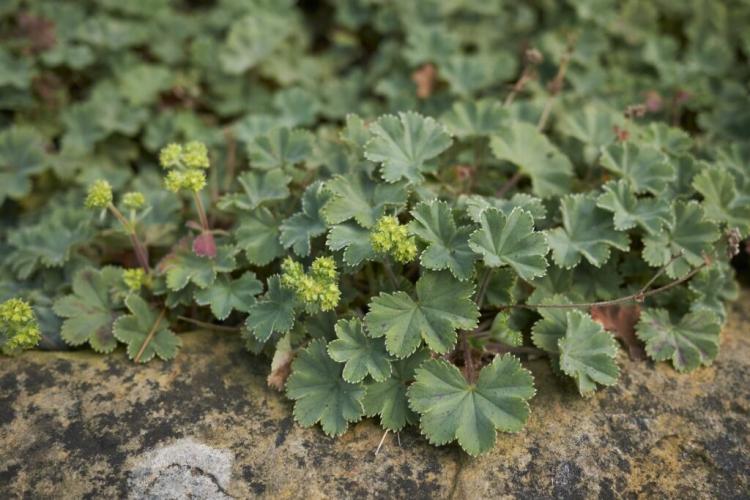
The little lady's mantle is significantly smaller than Alchemilla mollis and Alchemilla vulgaris [Photo: simona pavan / Shutterstock.com]
Dwarf lady's mantle ( Alchemilla faeroensis ssp. Pumila ): As its name already indicates, it is very small with a height of only 2-5 cm and will especially please friends of miniature plants and pot gardeners. The dwarf lady's mantle also feels most comfortable in sunny, rocky locations.
Cultivation of lady's mantle: location, planting distance and Co.
Depending on the species, the demands that Frauenmantel places on the location are different. As for the soil, they range from moist and nutrient-rich to rocky, permeable, and rather poor in nutrients. However, what all species have in common is the need for sunlight. Lady's mantle can also be grown in a tub, but you should be careful, especially with the large species, as they grow larger quickly and over time the plant forms a creeping rootstock. Therefore, wide pots and planters are more suitable.
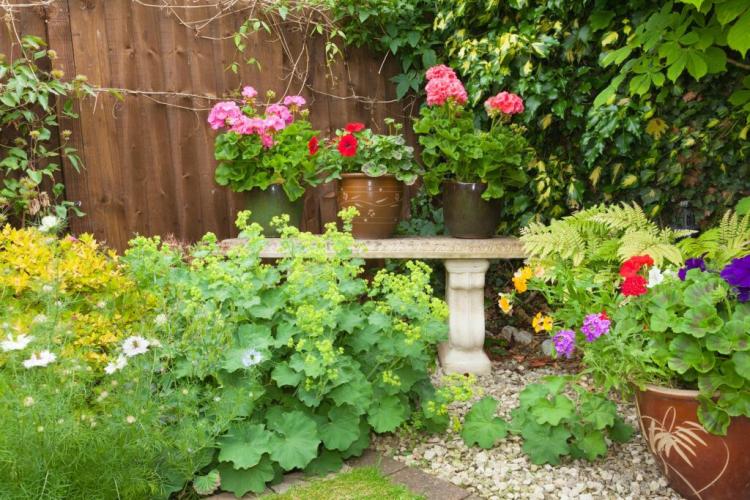
Lady's mantle is most comfortable in the sun [Photo: Steve Cymro / Shutterstock.com]
Lady's mantle can be planted from spring to autumn, whereby a time in spring is best, as it is usually not too dry at this time. There is also enough time for proper growth before the next winter. The planting distance depends on the species and ranges from 25 cm for the dwarf lady's mantle to 40 cm for the soft and common lady's mantle. Lady's mantle looks best when planted in groups.
Lady's mantle species with high nutrient requirements, such as the soft lady's mantle, should be placed in pre-fertilized substrates. For example, our Plantura organic universal soil can be used for this, which is rich in nutrients but peat-free in order to protect the environment. It ensures a balanced and long-lasting supply of nutrients. For species that require more permeable, nutrient-poor soil, the soil should be mixed with sand if necessary.

Lady's mantle does not have high demands on the location [Photo: Anettepoet1 / Shutterstock.com]
Lady's mantle care: cut, fertilize and water
Lady's mantle is very frugal when it comes to caring for it. Since it is one of the more nutrient-consuming plants, it is happy to have some fertilizer every now and then. Our organic universal fertilizer is suitable for this, but well-rotted manure or compost can also be used. It is best to fertilize in spring, as the plant then sprouts again and can use the nutrients from the fertilizer directly.
Lady's mantle should be watered regularly during prolonged periods of drought.
Lady's mantle likes to sow itself and so spreads quickly and over a large area in the garden. If you want to prevent this, it makes sense to cut the lady's mantle directly after flowering, i.e. before the fruits are ripe and the seeds are distributed in this way. In addition, this will encourage budding in the next year. Do not hesitate to cut it back to just above the ground, the leaves would wither anyway, since lady's mantle is not evergreen and will sprout out of the rootstock in spring.
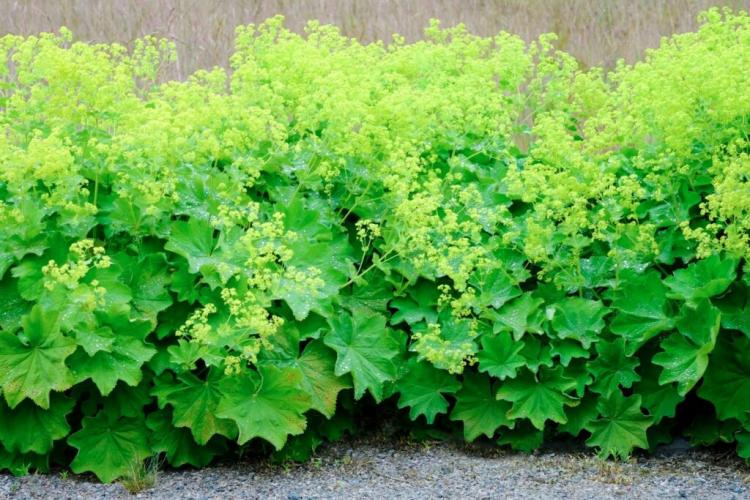
Lady's mantle runs the risk of spreading quickly [Photo: fujilovers / Shutterstock.com]
Multiply lady's mantle
Lady's mantle can be propagated both by seed and by division, whereby it is usually easier to propagate lady's mantle by dividing. If you want to divide the plants, it is best to choose a time in autumn or spring.
Lady's mantle multiply by division
- First cut off the piece to be replanted all around with the spade. Since lady's mantle spreads over its roots, some of it will have to be pierced.
- If the section is exposed, you can pry it out of the earth with the spade. Do not pull it out by the leaves as they will tear off easily.
- Now the shrub can be cut into root balls the size of a fist, for example with a spade or an old knife.
- The perennial pieces can then be planted in the desired location. It is important to water the plants well in the near future until they are firmly attached and have developed a powerful root system.
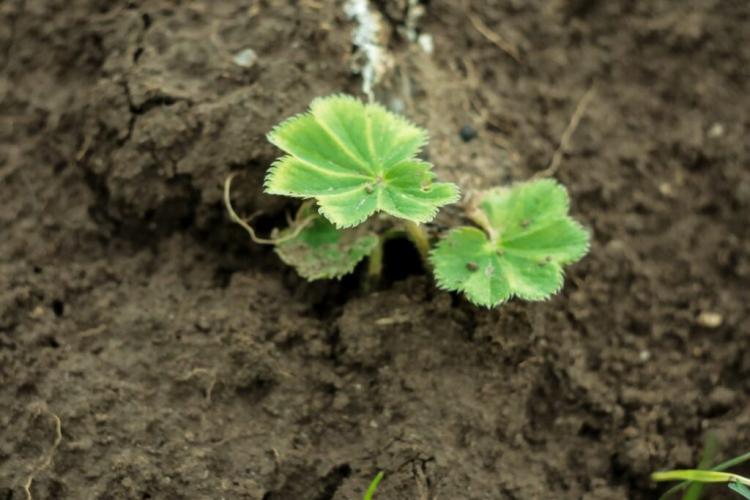
Alchemilla is generally easy to multiply [Photo: Sergey Sonvar Nik / Shutterstock.com]
Lady's mantle multiply by seeds
- Lady's mantle is a germ of light and frost. The latter means that its seeds should be sown between October and January in order to be stimulated to germinate by the cold temperatures.
- To do this, sprinkle the seeds of the lady's mantle in a shallow bowl on the soil and press down, only covering it lightly with soil.
- Outside, the bowl is placed in a sheltered, sunny place. With sufficient moisture, the seeds germinate after exposure to the winter cold as soon as it gets warmer again.
- From spring onwards, the seedlings can then be planted in the desired location in the garden.
Winter hardiness and overwintering
The widespread types of the woman's coat are hardy to at least -20 ° C. The foliage dies, but in spring the plant sprouts out of the rhizome again. In very cold winters, however, you can cover the root area with some sticks or leaves to protect them.
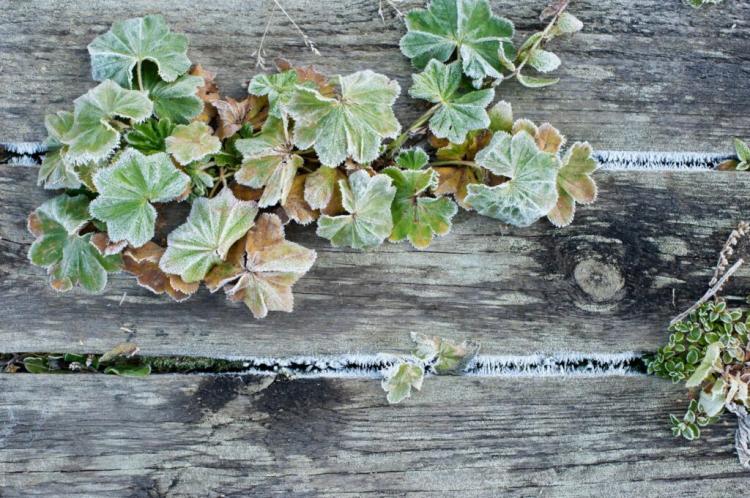
Although the above-ground part dies in winter, lady's mantle sprouts again in spring [Photo: Erkki Makkonen / Shutterstock.com]
Harvest and use lady's mantle
Both the leaves and the flowers of the lady's mantle can be harvested and used. To build up a winter supply, you can dry part of the crop. The best time to harvest lady's mantle is therefore in late spring and early summer. With its slightly bitter, sour taste, lady's mantle is mainly used as a spice because of its healing properties and is only rarely used in the kitchen. You can use the young leaves of the lady's mantle for wild herb soups and salads. Only the young, fresh leaves are really suitable for this, as they have a stricter aroma when dried. Lady's mantle can also be used for soft drinks in combination with fruit juices. To do this, the herb is first boiled in water and then cooled.
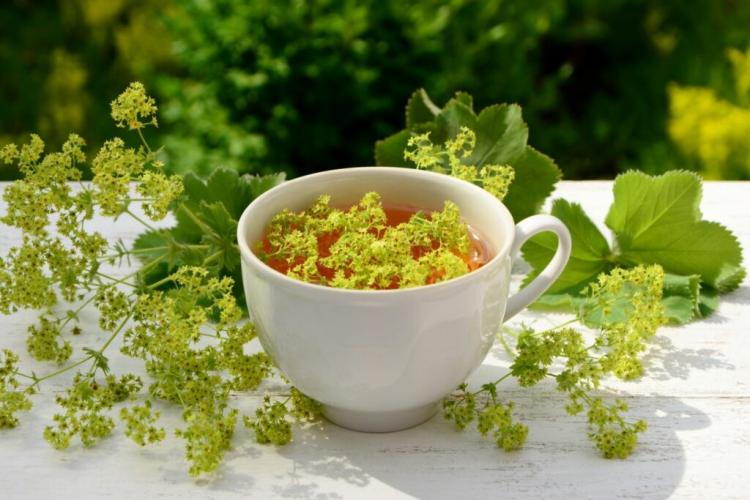
Women's coat tea has been used as a medicinal drink for a long time [Photo: Bankiras / Shutterstock.com]
Lady's mantle is attributed to a variety of healing effects. Among other things, it should have a digestive, antispasmodic, anti-inflammatory, antibacterial and analgesic effect. It has therefore often been used in gynecology since the Middle Ages, for example for menstrual cramps or during menopause. A tea made from the leaves or flowers of the plant may also help with colds or mild gastrointestinal complaints. The healing effect of the lady's mantle is due to the tannins, flavonoids and bitter substances it contains. However, the use of the woman's gown should be avoided during pregnancy, as its antispasmodic effect can lead to complications with the uterus.
Is Lady's Mantle Poisonous?
No type of woman's coat is poisonous. This applies to both humans and animals. However, if you eat too large amounts, you may feel sick due to the high tannin content.
Lady's mantle will beautify your garden without requiring a lot of maintenance. If you are interested in more frugal plants, you can find some examples in our article on easy-care garden plants.


